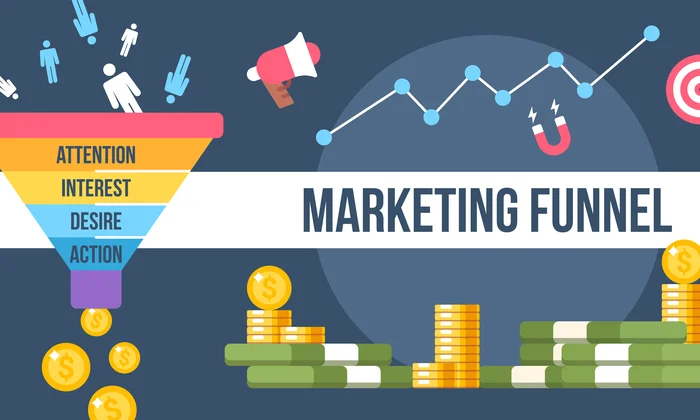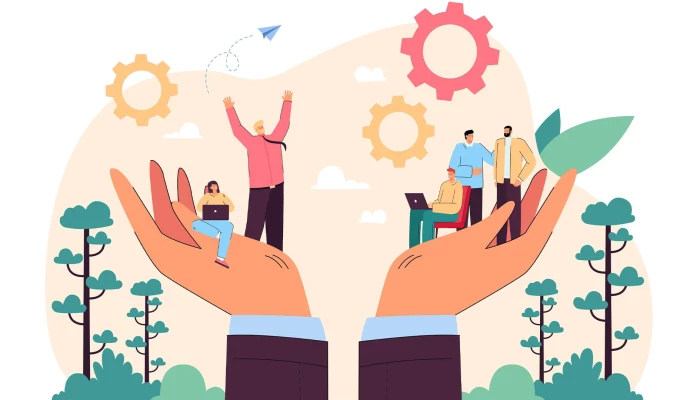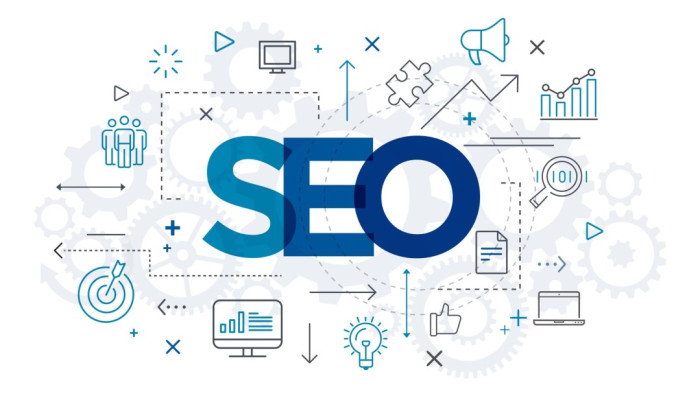Hello!
Fact: Marketing funnel is one of the most crucial tools in any business setup – and it pays off.
Why?
 Because they give your marketing initiative a structure – a structure that will help you reach the target customers, nurture leads, and convince them to make purchase decisions.
Because they give your marketing initiative a structure – a structure that will help you reach the target customers, nurture leads, and convince them to make purchase decisions.
Therefore, a marketing funnel is a program that guides would-be customers right from hearing about your products/services down to making a purchase.
How Do You Build a Funnel That Converts?
That's what this guide is all about. It focuses on how you can build a sales funnel from scratch and get your deals done.
Before we get into the nitty-gritty details of how to build your sales funnel, here's a rundown of what you'll learn from this guide.
- Meaning of marketing funnel–Marketing funnel explained.
- Why do you need a marketing funnel?
- How to create a marketing funnel that converts: Step-by-step guide.
Marketing Funnel Explained
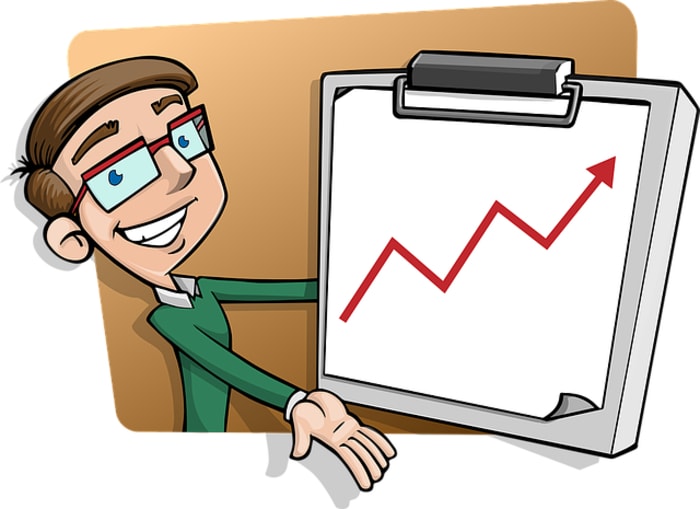 A marketing funnel can be explained as a strategy for describing your journey with a prospect. It involves the use of tactics that mainly apply regarding the place/stage that a would-be customer is–in their buyer journey.
A marketing funnel can be explained as a strategy for describing your journey with a prospect. It involves the use of tactics that mainly apply regarding the place/stage that a would-be customer is–in their buyer journey.
A well-crafted marketing funnel also ensures that potential customers go through predefined steps before making a purchase. Some marketers describe these steps as paths that 'strangers' follow to becoming loyal/repeat customers.
As you guide the prospects through the steps, however, you lose some of them and only retain a specific group that's ready to act. It typically works by letting you target a more extensive group, but you trim it down with each stage down the funnel.
Why is It Important?
There are tons of reasons why you'll find the use of marketing funnels being mentioned in the best marketing tips. Here are just a few.
• It gives you a better way of generating enough traffic and leads. According to HubSpot, generating enough traffic and leads is the biggest challenge for most businesses.
On the other hand, it doesn't matter whether you want to increase traffic to your existing website or for your affiliate clicks.
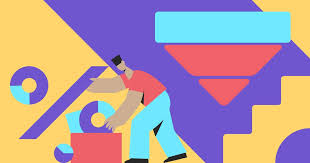 When used well, a sales funnel will help you increase visibility to any page on your website.
When used well, a sales funnel will help you increase visibility to any page on your website.
• It's measurable. To enjoy excellent performance over a long time, the basic rule of thumb is knowing where you're closing more deals and where you could be losing customers.
The funnels here will give you insights on areas that may need your attention so you can modify or change a strategy to increase engagements or sales.
• It simplifies your customers' journey. A marketing funnel will help you map every stage in a customer's journey and be able to plan them.
• Finally, they're designed to 'sieve' the crowd and leave you with a precise group of customers to target with your products or services for increased productivity.
When you use it with proper analysis, marketing funnels will make it easy for you to know the critical things you should do at each stage. This will also be critical in helping you influence your target audience to perform specific actions according to the way you want them to act.
In addition, proper funnel evaluation can also help you boost brand awareness, enhance brand loyalty, and boost overall sales exponentially.
Stages of Marketing Funnel
 Marketing funnels have four stages, but depending on your preferences, you can bundle up the steps to reduce them to three or break them down to come up with new scenes.
Marketing funnels have four stages, but depending on your preferences, you can bundle up the steps to reduce them to three or break them down to come up with new scenes.
Hence, the simplified approach is a four-stage model known as AIDA.
AIDA works by following the client's journey right from meet up/first interaction down to conversion.
Here's a breakdown of what each of these stages means:
Stage 1: Awareness
It's at the Awareness stage that your would-be customers probably know about their problems. They also possibly know some solutions to the issues, although they have no idea where or how to solve these problems.
Stage 2: Interest
When the prospect is aware of their problems, they'll search for how to solve these problems. If they find a potential solution, most often than not, they indicate interest in the product or service by researching more about it and asking questions, etc.
Stage 3: Desire
At step 3, they already have some information about the brands or service providers that can help them solve a problem. This is where they evaluate and compare brands/competitors to find the one that best fits in their needs.
Stage 4: Action
This is the last stage in the customer's funnel journey. Consequently, here they've done their research and comparisons, etc. and reached on a final service provider or vendor to buy from.
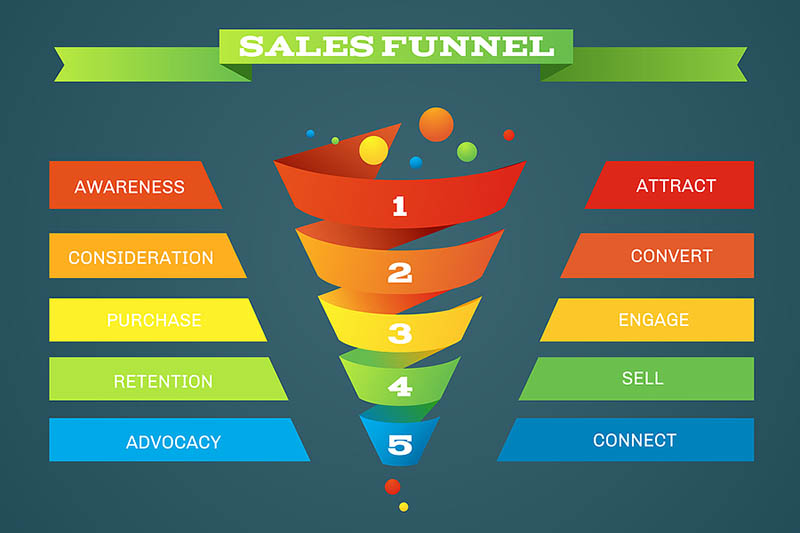
How to Leverage the AIDA Sales Funnel Model to Your Advantage
Knowing the stages in a marketing funnel is not the end. You still must find out the best tactic to use at each stage to maximize your returns.
However, this is where most marketers are at fault. According to this study, 37 per cent of marketers do not know where to start.
But, no pressure. Nonetheless, you can still build a sales funnel from any stage of your business.
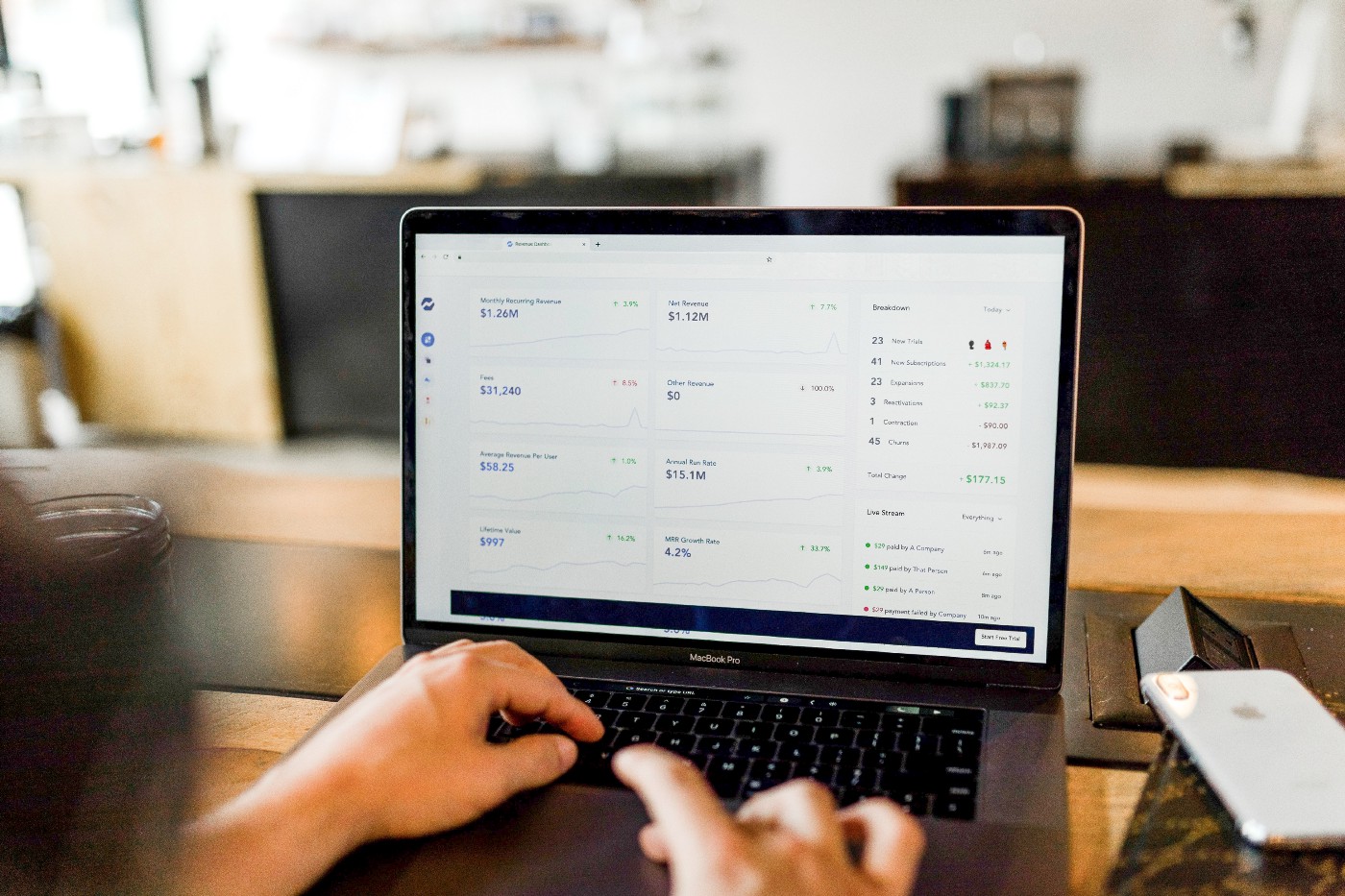 What you should never overlook are your target audience and their preferences. After understanding them, you can subsequently utilize these statistics to make the most from your sales funnel.
What you should never overlook are your target audience and their preferences. After understanding them, you can subsequently utilize these statistics to make the most from your sales funnel.
Besides, the look and feel of your website will also play a crucial role in the user experience.
You must, therefore, adopt beautiful website design templates for better user experience, not forgetting about the customer's security.
When it comes to website security, you must also install SSL certificates if you'll need to collect some confidential data in any stage of the funnel or accept payments at the Bottom of the Funnel (BoFu).
If you have multiple websites, your best bet would be multi-domain wildcard SSL certificates. Since they provide the same level of security for each domain, they're installed on and are cheaper when compared to purchasing several single-domain SSL certificates.
Top of the Funnel (ToFu) or the Awareness Stage/Problem Recognition
Studies suggest that over 96 percent of leads on your website are not prepared to listen to offers yet. For this reason, if a prospect doesn't realize that they have needs or problems to be solved, they won't make any purchase.
What if we told you that you might make them spot a problem you can help them solve? Consequently, this is where the awareness aspect comes in.
As a marketer, therefore, your focus here would be to create awareness about the problem at hand and how you can help tackle it. You must get yourself in front of these prospects for them to realize the need, though.
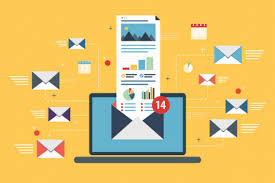 In that case, you can use any of these tactics to get the word out about your brand and how you can solve problems:
In that case, you can use any of these tactics to get the word out about your brand and how you can solve problems:
• Paid advertising campaigns that directly target specific groups of people.
• Social media to increase the amount of social traffic to your web content that addresses the problems.
• Demand generation marketing to grab attention.
• SEO and blogging to bring organic traffic to your website.
• Influencer marketing for brand awareness and help you reach more people.
Middle of the Funnel (MoFu) or the Interest Stage
As we've learned earlier in this guide, interest comes in after a prospect has recognized his/her need and is searching for solutions or information to solve the problems.
For instance, 70 per cent of customers use Google at least 2 or 3 times when researching about their problems and possible solutions to them. As a marketer, this gives you the perfect position for staging yourself as a subject matter expert (SME) who will solve these problems quickly.
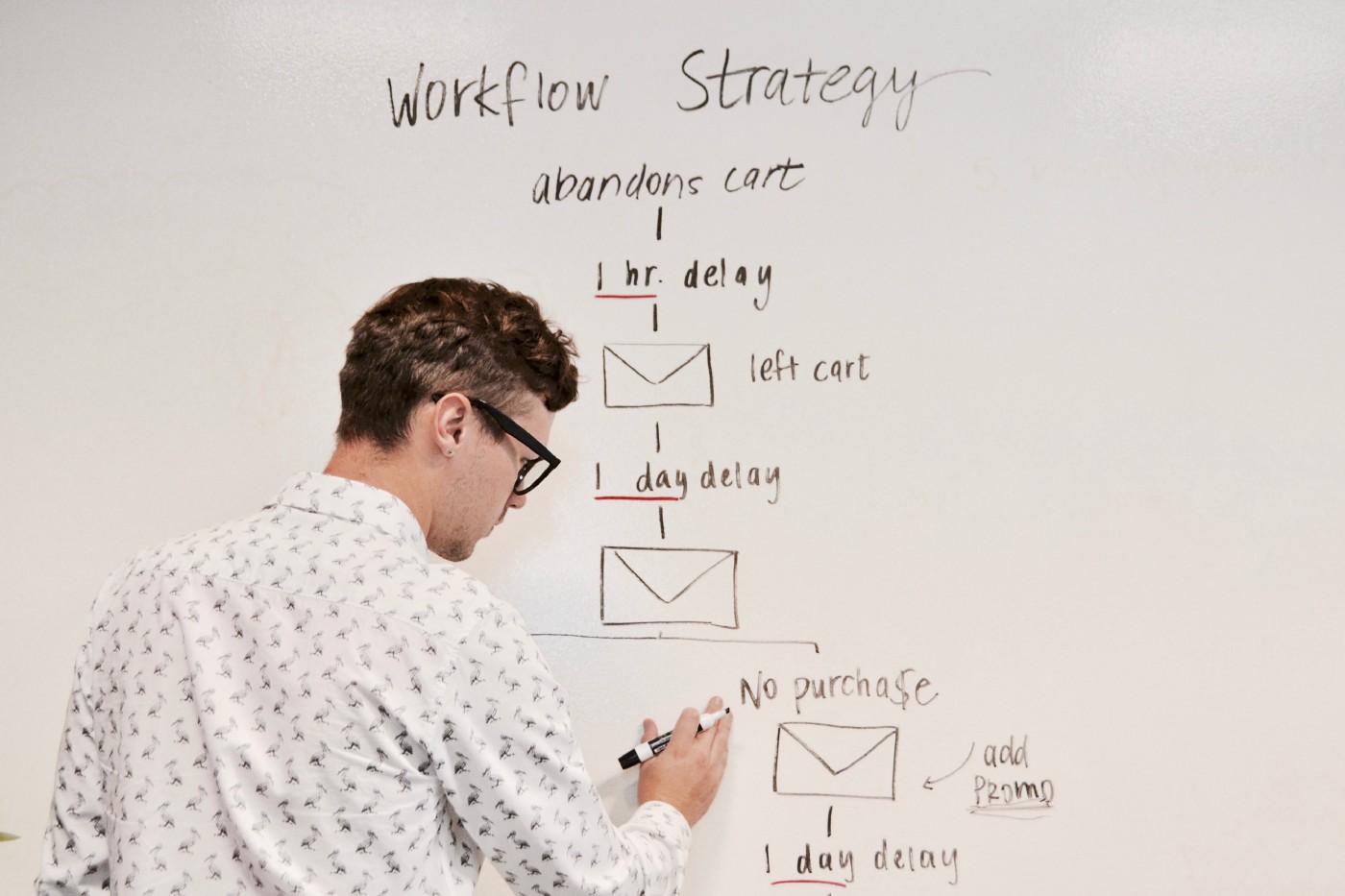 To point out, you can use any of these tactics:
To point out, you can use any of these tactics:
• Provide case studies that touch on how you discovered a problem and solved it.
• Leverage the use of user-generated content like reviews etc. to build social proof for your brand and build a rapport with the client base.
• Connect with influencers and agree with them to do trial videos for your products/services so the prospects can understand how to use a product or how a service you offer can improve certain aspects of their lives or businesses.
Desire Stage–(MoFu)
Desire is still in the middle of the funnel. In addition to what we had expounded earlier, the prospect will only arrive here after interacting with your content or hearing about your brand, etc.
The prospect hasn't decided to make a purchase yet. But then again, they have a couple of options they're evaluating, for example, comparing the products/services you offer with those of a competitor.
Nevertheless, your goal here is to prove to the prospect that they can trust you with their investment and win them from your competitors. They should also see you as a valuable option compared to the others they have at their disposal.
You, therefore, need to keep in touch with them, engage them, and build connections with them.
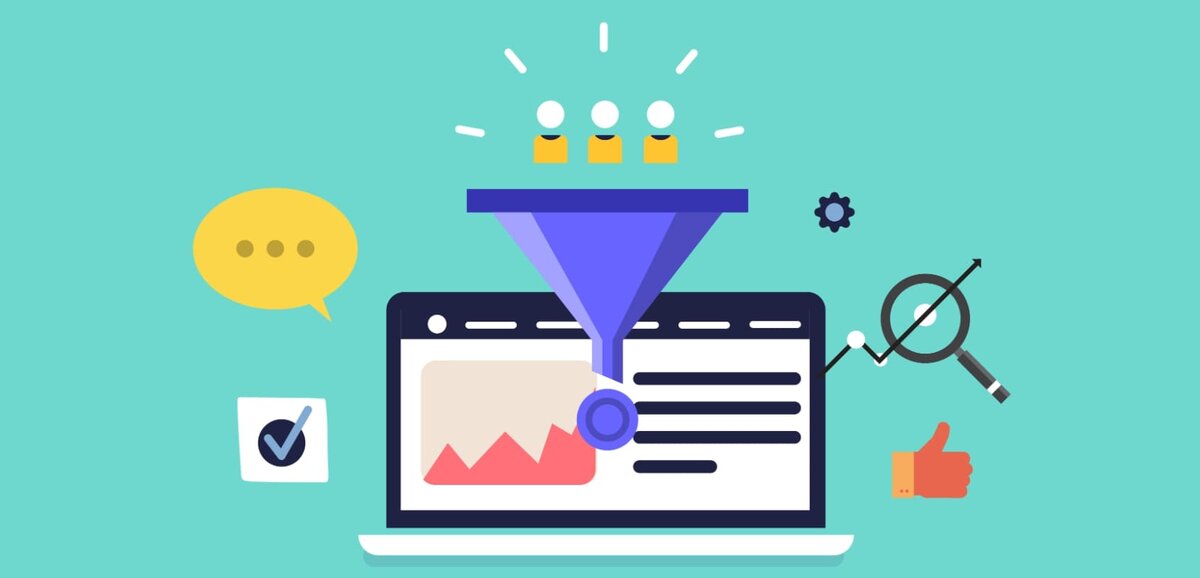 Some of the strategies you can use to win the would-be customers here include.
Some of the strategies you can use to win the would-be customers here include.
• Showcasing the demos of your products or services.
• Offer freebies.
• Create guides on how to use certain products to show your understanding of their problems. You may also utilize live chat to answer their questions promptly and keep them engaged.
• Create valuable content about your products/services.
Purchase Decision Stage–Bottom of the Funnel (BoFu)
The customers are already conversant with your brand. They know you're capable of solving their problems and are ready to make a purchase or subscribe to your premium services.
Notably, a slight mistake in the delivery of how you present a service could ruin all the trust you've built all along. Therefore, your focus should be on offering the product or service most appealingly.
 You should also focus on making them repeat clients. Here are a few tricks to achieve this.
You should also focus on making them repeat clients. Here are a few tricks to achieve this.
• Create a scarcity. You can accomplish this by leveraging the use of Fear of Missing out (FOMO). It's important to note that you should use scarcity marketing without manipulating your customers.
• Provide upsells of other products related to the one you're selling. You should, however, be keen not to appear like forcing these products on them as this can cause a severe breakdown of trust between you and the customers.
• Offer discounts.
• Give freebies/offers/promotions when they make a purchase or subscription.
The stages explained above form the backbone of any successful marketing funnel. With all things considered though, you must follow a specific framework or pattern, and this brings us to steps of creating marketing or sales funnel.
Steps for Creating a High Converting Marketing Funnel
Step 1: Decide on the Perfect Funnel Stage to Start With
Ideally, what should be guiding you is the stage you are with your business. For instance, if you haven't started generating any sales yet, it's prudent that you start with the Top of the Funnel (ToFu) tactics.
You can then work your way down to the Bottom of the Funnel (BoFu). If you have started generating sales, though, and you have an audience, it's recommendable that you start with Bottom of the Funnel (BoFu) and work your way up the funnel to boost your overall revenue.
Step 2: Select a Specific Tactic for Each Funnel
We've discussed plenty of tactics in this guide, but that doesn't imply that you should be using all of them. The best option is to choose a tactic or two tactics that work best for you and stick to them.
Additionally, you may also use A/B testing to find out the tactic that best delivers.
Step 3: Plan on How to Execute the Tactics
To help in implementing your strategies, you can design special loyalty programs aimed at keeping the prospects connected to your brand. You may also request for reviews and reward the possibilities for this.
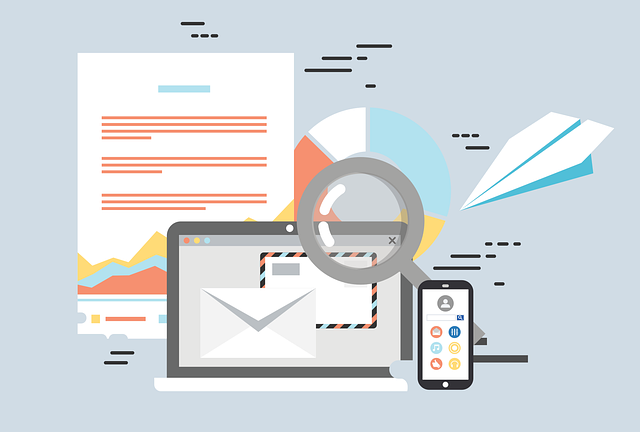 To add to that, take it a notch higher by introducing gamification. When you use gamification with offers, the clients who love your suggestions will recommend them to friends and colleagues.
To add to that, take it a notch higher by introducing gamification. When you use gamification with offers, the clients who love your suggestions will recommend them to friends and colleagues.
Besides, the gamification program used here will also create a connection with the clients giving them an innate desire to achieve the set goals and rack up more rewards.
Step 4: Build a Community Around Your Brand
If the tactics you've chosen and your execution strategy works, you should switch to building a community around your brand to ensure continuity.
Leverage blog posts, podcasts, and user-centered guides, etc. that gives a reason to come back for the audience. Also, don't forget about Call to Actions (CTAs) because you'll need them to encourage the prospects to act.
Final Thoughts on Creating a Powerful Marketing Funnel
In conclusion, as good as your marketing funnel is, the key to its success is understanding your target audience. You can achieve this by using surveys, reading customer feedback, and social media mentions, etc.
Finally, don't forget to install SSL certificates on your website because Google will flag it as suspicious. When this happens, almost nobody will even bother checking the offers you've listed. Happy marketing!
Pay attention to the selection of TOP articles:
- How To Increase Banner Print Business Sales
- 4 Content Marketing Mistakes to Avoid and How to Fix Them
- What Is Intent Data & Why It Is Useful For B2B Sales And Marketing?
- How Web Design Can Affect Your Online Sales?
- 5 Key Things To Consider To Choose The Best Sales Ops Software
- The Guide to Mid Funnel Marketing (Middle of the Funnel = MoFu)
- Copywriting Techniques for Each Part of the Sales Funnel
Thank you!
Subscribe to our newsletter! Join us on social networks!
See you!
